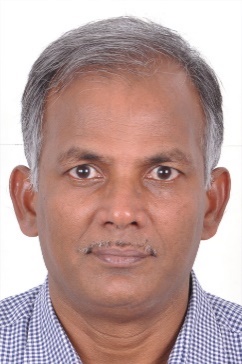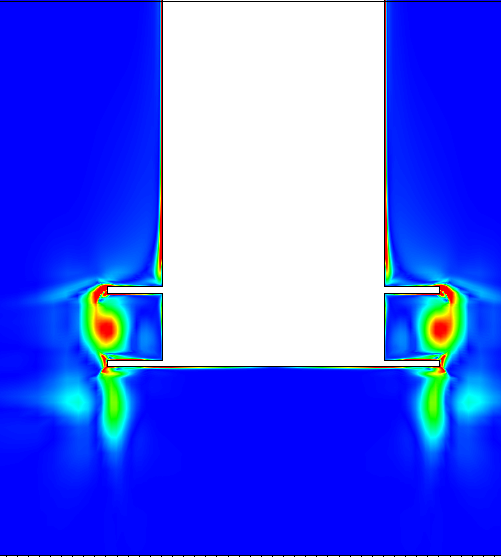HPCE Highlight

|
S. NallayarasuDepartment of Ocean EngineeringAreas of interest: analysis and design of offshore structures, wave-structure interaction problems, reliability in offshore structural design, behaviour of tubular joints, offshore wind energy, multibody dynamics, soil-structure interaction problems, submarines pipelines and risers |
S. Nallayarasu is a Professor at the Department of Ocean Engineering, IIT Madras. He did his B.E from Madurai Kamarajar University, obtained his MTech from IIT Madras in 1990 and obtained his Ph.D. from NUS, Singapore in 1996. Prior to joining IIT Madras as Associate professor (2006-12), he has 13 years of working experience in offshore/maritime industry at R J Brown / Kvaerner Engineering / Aker solutions, Singapore. His research interests include analysis and design of offshore structures, wave-structure interaction problems, reliability in offshore structural design, behaviour of tubular joints, offshore wind energy, multibody dynamics, soil-structure interaction problems, submarines pipelines and risers. He has completed numerous consultancy and sponsored research projects involving floating systems, Vortex Induced Vibration and Behaviour of steel tubular connections in Offshore Jacket structures.
How does your group keep the HPCE cluster busy?
|
The scope of our research group is wide which uses a diverse range of engineering tools among which the ones using HPCE facility are CFD and FEA solvers. CFD solvers (ANSYS FLUENT and StarCCM+) are used to address research gaps in fluid-structure interaction problems such as Spar with heave plates, Buoyform Spar, Vortex Induced Vibrations on towed array cables for submarine applications, deep water risers, heave damping augmentation using rigid and flexible plate, fluid-rigid body interactions / wave-structure interactions, multibody interactions such as ship-ship interactions for passing ship effects on moored ships. FEA solver (Abaqus) are used address research gaps in offshore fixed structures, especially tubular joints with special purview on ultimate strength of ring stiffened tubular joints, study on cracked joints and under water repair techniques.
|
 
|
How do you see HPCE landscape in the domain of your research area change over the years?
In the recent years, Virgo super cluster has proven to be an indispensable tool to obtain large data in a short turnaround time from both FEA and CFD solvers. We have published many papers based on the data we had obtained from the HPCE facility. We appreciate the availability of a much faster resource, Aqua super cluster, which must be used much more judiciously. Moving forward, new architectural and organizational concepts are needed to further improve the capacity of parallel computing, such as GPU based architectures and hence reduce turnaround time.
What would you suggest to new faculty members and new students in your research area?
Firstly, migration from commercial solvers towards opensource solvers for both FEA and CFD are encouraged as a means to cut down expenses on the licenses and also as a means to diversify one’s skill set. These opensource solvers also enable customization of source code, hence enabling one to develop own model. Secondly, development of in-house codes must be encouraged and supported. It is also interesting to solve optimization problems which require coupling of PDE solvers with the in-house optimization codes.
HPCE Highlight showcases the work of IIT Madras faculty members and their groups in High Performance Computing. It is powered by HPCE, Computer Center, IIT Madras.
